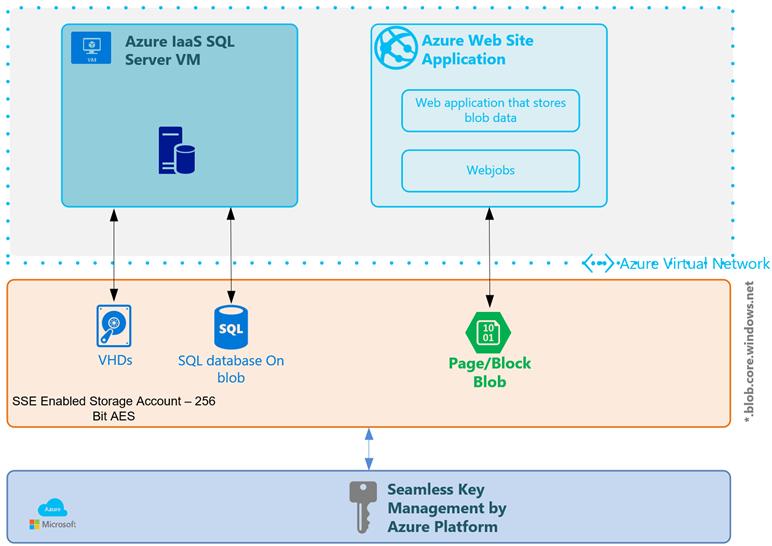
The “Print the recovery key” option will launch a new window where you’ll be able to print the recovery key on paper. The recovery key is a spare key that unlocks your encrypted drive if you ever forget the password. Windows will automatically generate a recovery key for the external drive. Should contain at least 8 characters.Must have at least one uppercase letter.Must have at least one lowercase letter.Must have at least one number, symbol, or space. Your password must fulfill the criteria listed below, or else you’ll get an error message: Re-enter the password in the provided dialog box and select Next to proceed. Create a Password #Ĭheck the box that reads “Use a password to unlock the drive” and enter your preferred password. Launch the File Explorer, right-click the external drive, and select Turn on BitLocker.ĭo not unplug or remove the drive from your PC while Windows starts the BitLocker encryption window.

Upgrade to Windows 10 Pro, Enterprise, or Education to use BitLocker. Note: You can’t encrypt a drive on PCs running Windows 10 Home edition because the operating system doesn’t support BitLocker. Plug the hard drive into your PC and follow the steps below. We’ll walk you through the entire process from start to finish.įirst, you need to enable BitLocker-Windows built-in encryption tool-on your computer. It may seem like a lot of work, but it’s very easy. Encrypt an External Drive on Windows 10 #Įncrypting an external storage device on a Windows 10 computer requires you to manually choose an encryption method, encryption mode, backup a recovery key, and create a perfect (read: secure) password. Proceed to the sections below to learn how to set a password on an external hard drive on your computer. Windows and Mac have built-in encryption tools that let you set a password on your storage devices. All you need to protect your hard drive is your personal computer or laptop.


 0 kommentar(er)
0 kommentar(er)
